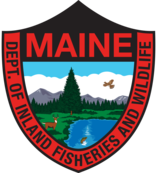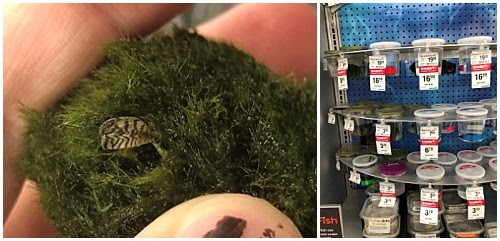Last year Clary Lake Association member Alan Clark made a major effort to remove Purple Loosestrife plants from around Clary Lake (see: Purple Loosestrife Eradication Project Update), and this summer he’s really outdone himself. He just finished tossing onto our burn pile 14 grain bags stuffed with plants he dug up over the past couple of days from areas adjacent to Clary Lake. I really don’t know how to thank Alan for the effort he has put into this eradication effort! Alan is also one of our more active Courtesy Boat Inspectors and due to his education and experience, he has a lot to offer the Clary Lake Association. Alan Clark and his wife Linda spend the summer at their camp on the Devine Road in Whitefield and the remainder of the year in a small town in Utah (Grantsville), 30 miles west of Salt Lake City. Linda is from Greene, Maine and Alan grew up in southwestern Ohio in a small town west of Dayton. They attended the University of Maine-Orono where they met, married after their junior year and received their BS degrees, Linda in biology and Alan in Wildlife Management, in 1973. We’re fortunate to have them as Association members!



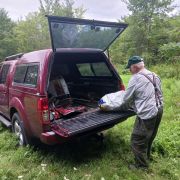
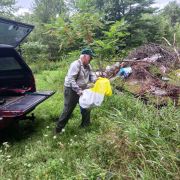


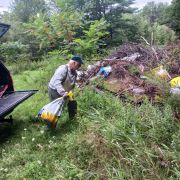




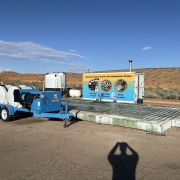




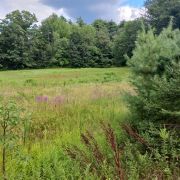


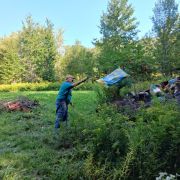
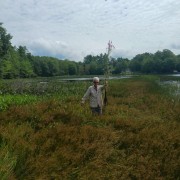

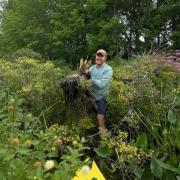
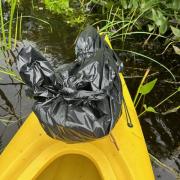

 The Maine Department of Agriculture Conservation & Forestry has issued a Status Update on the Browntail Moth infestation currently impacting the State, and it’s GOOD NEWS! Numbers are way down at their monitoring sites: “This week we are pleased to report we observed at least some fungus-caused mortality at all of our monitoring sites. At a few sites, it wasn’t easy to find live caterpillars to take measurements from, although we did find some after looking on trees a short walk down the road.” While this is generally good news, I know some of you on or around Clary Lake are still in Browntail Moth Hell, and I sympathize. Be patient, this pest is on the way out.
The Maine Department of Agriculture Conservation & Forestry has issued a Status Update on the Browntail Moth infestation currently impacting the State, and it’s GOOD NEWS! Numbers are way down at their monitoring sites: “This week we are pleased to report we observed at least some fungus-caused mortality at all of our monitoring sites. At a few sites, it wasn’t easy to find live caterpillars to take measurements from, although we did find some after looking on trees a short walk down the road.” While this is generally good news, I know some of you on or around Clary Lake are still in Browntail Moth Hell, and I sympathize. Be patient, this pest is on the way out.






